Informal Learning: Perspectives, Challenges and Opportunities
Human beings are learning all the time. Regardless of whether or not they are enrolled in formal education, people are constantly learning from everyday experiences through problems they have solved and interactions they have encountered. Humans learn from family, friends, peers and colleagues as well as through their own natural curiosity. This informal learning is a powerful part of the learning experience, and is important to lifelong learners of all ages. Informal learning is important to education, in the workplace, during leisure activities and in social situations. The impact of informal learning is therefore quite considerable.Formal learning in the classroom is well-documented and exhaustively researched, but is limited by the need for an expert to design and scaffold that learning space. Even non-formal (self-regulated or self-directed) learning involves a goal, or a specific aim, and is usually guided by a curriculum. In contrast, informal learning is generally lacking in a clearly defined aim, is rarely – if ever – assessed, and can occur in any environment, at any time, and by anyone. This book aims to highlight examples of the many different forms that informal learning can take, and to assess its impact on educational situations and on learning in the workplace.Drawn from educational and workplace settings from expert contributors across the globe, the studies in this volume cover a broad range of environments and disciplines. Presented is a collection of case studies, expert reviews and original research, which illustrate different forms of informal learning, and provide examples of how the potential for informal learning can be harnessed in practice. From the experiences of workplace learners, adult learners, virtual learning communities, older learners, clinicians and volunteers, this volume addresses the role of informal learning in a variety of working and learning environments. By addressing the development of skills, identities, learning approaches and professional relationships, an impression of the role of informal learning in educational development is also highlighted. Finally, via examples of ubiquitous learning using mobile technologies, revisions to curricula, the use of games in learning, and the use of “pop-up schools”, this volume highlights how informal learning can be embedded in learning activities that lead to profound changes in how people see the world. This book would be of interest to educators and managers alike, and aims to highlight that informal learning occurs all around us, and if we recognise it and its impact, then we can enhance our potential as lifelong learners and make work and educational environments richer and more effective.
{{comment.content}}
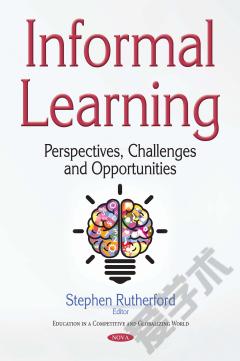
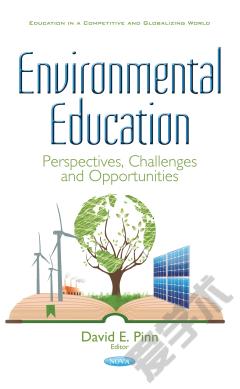

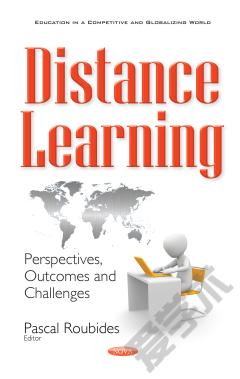

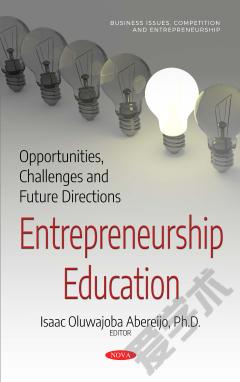
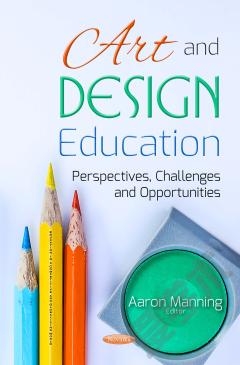

 京公网安备 11010802027623号
京公网安备 11010802027623号